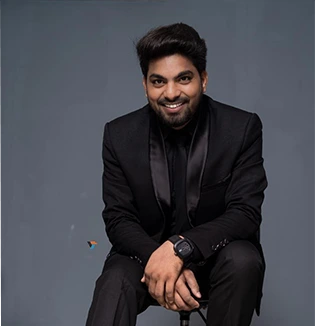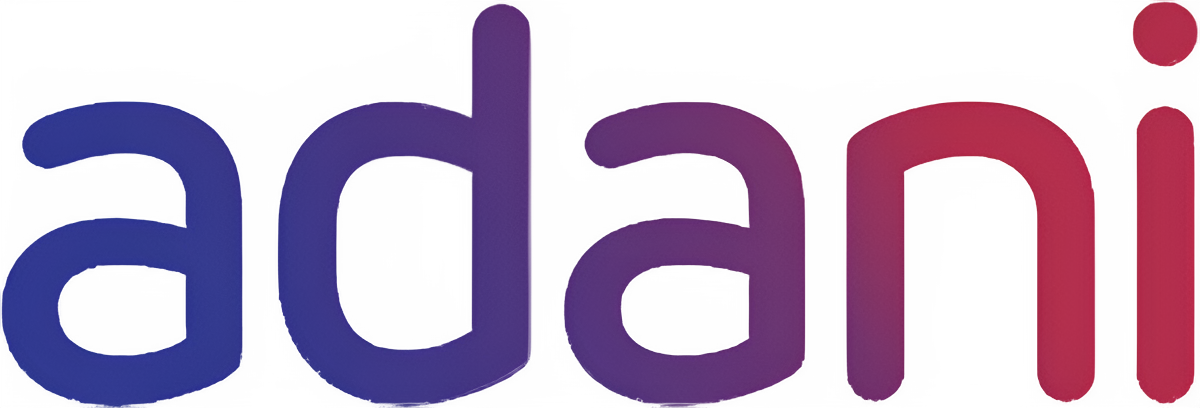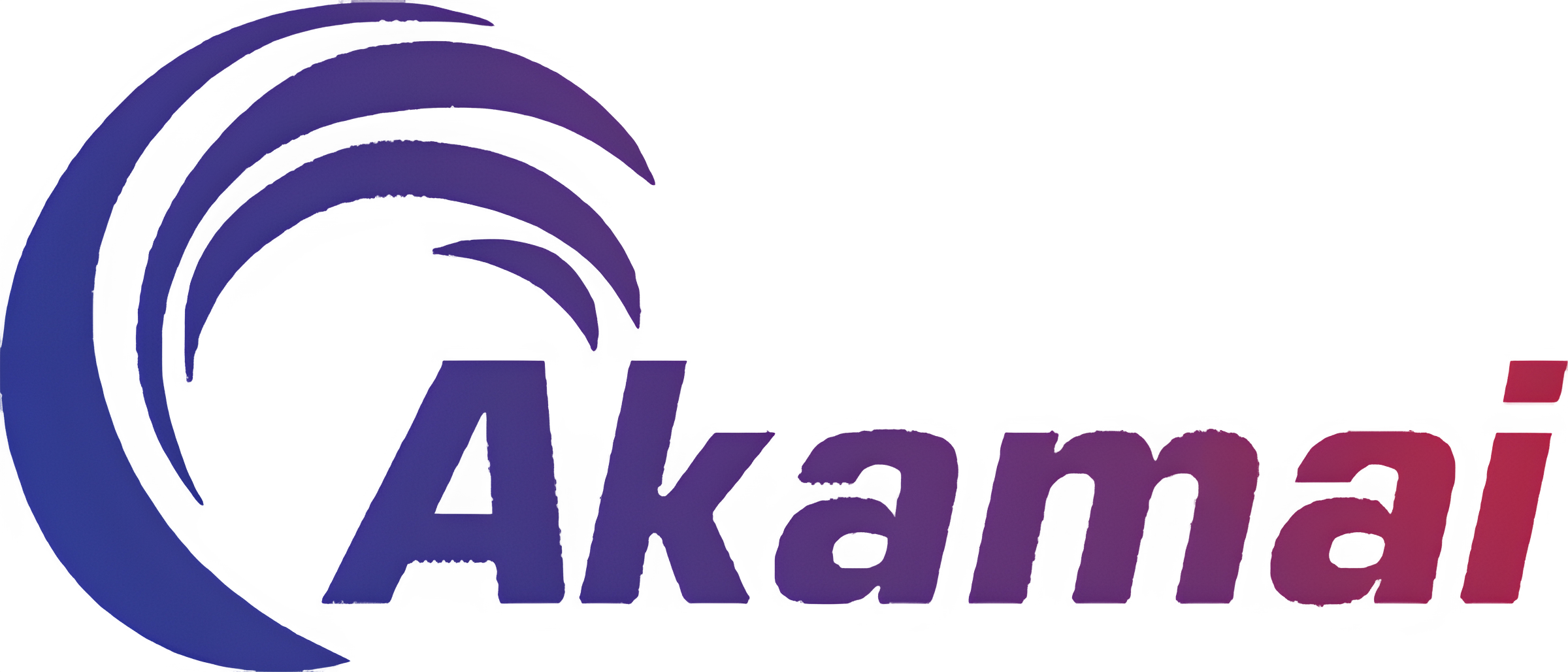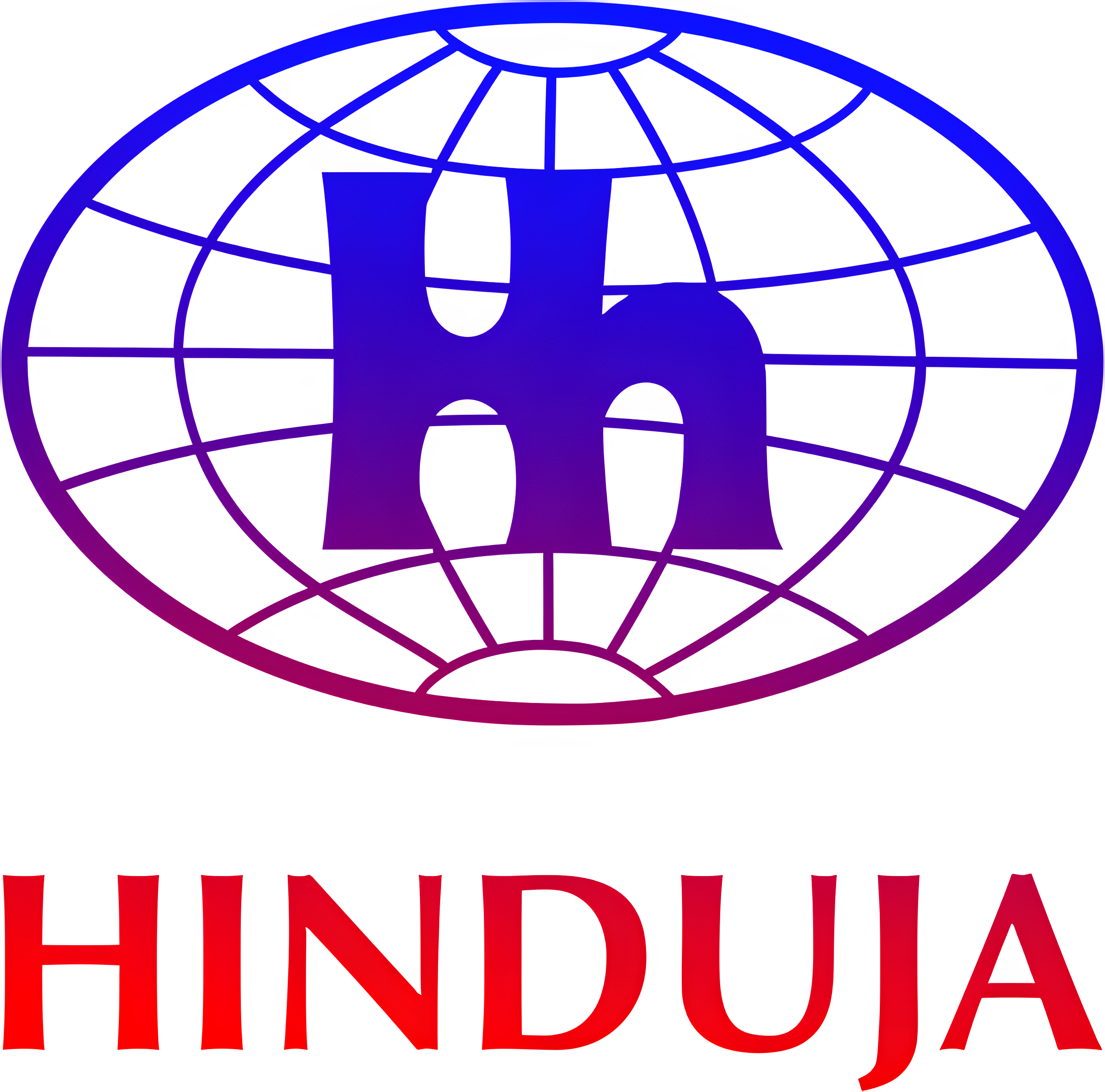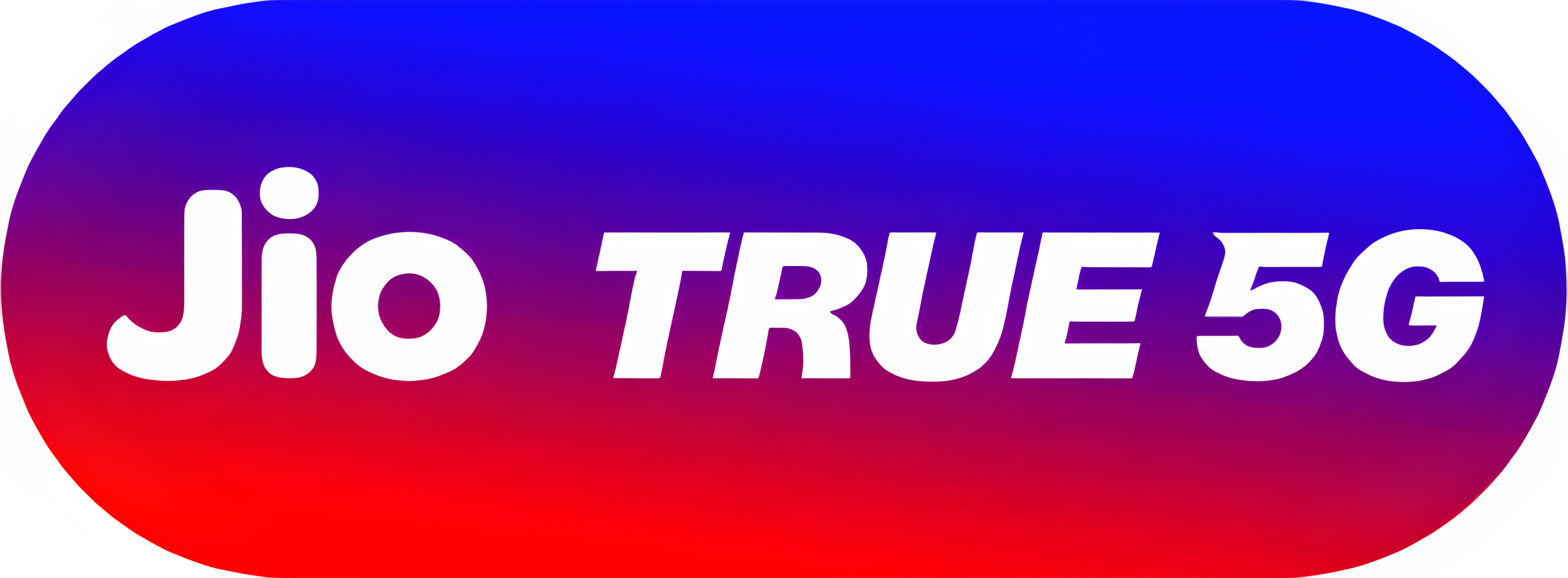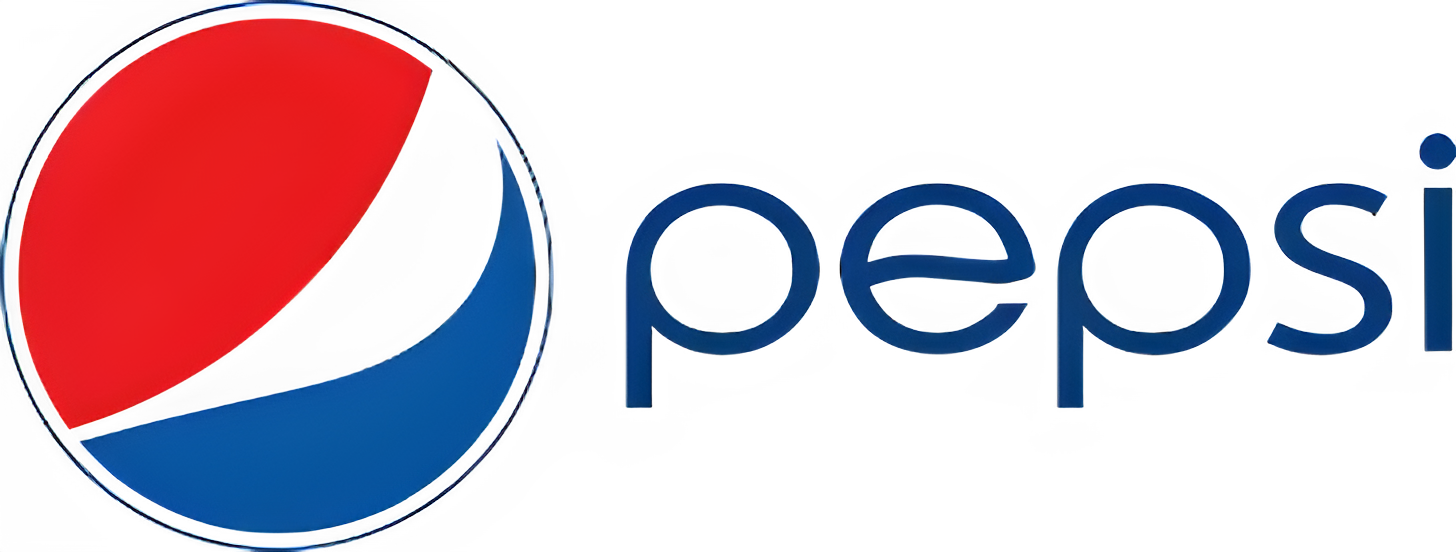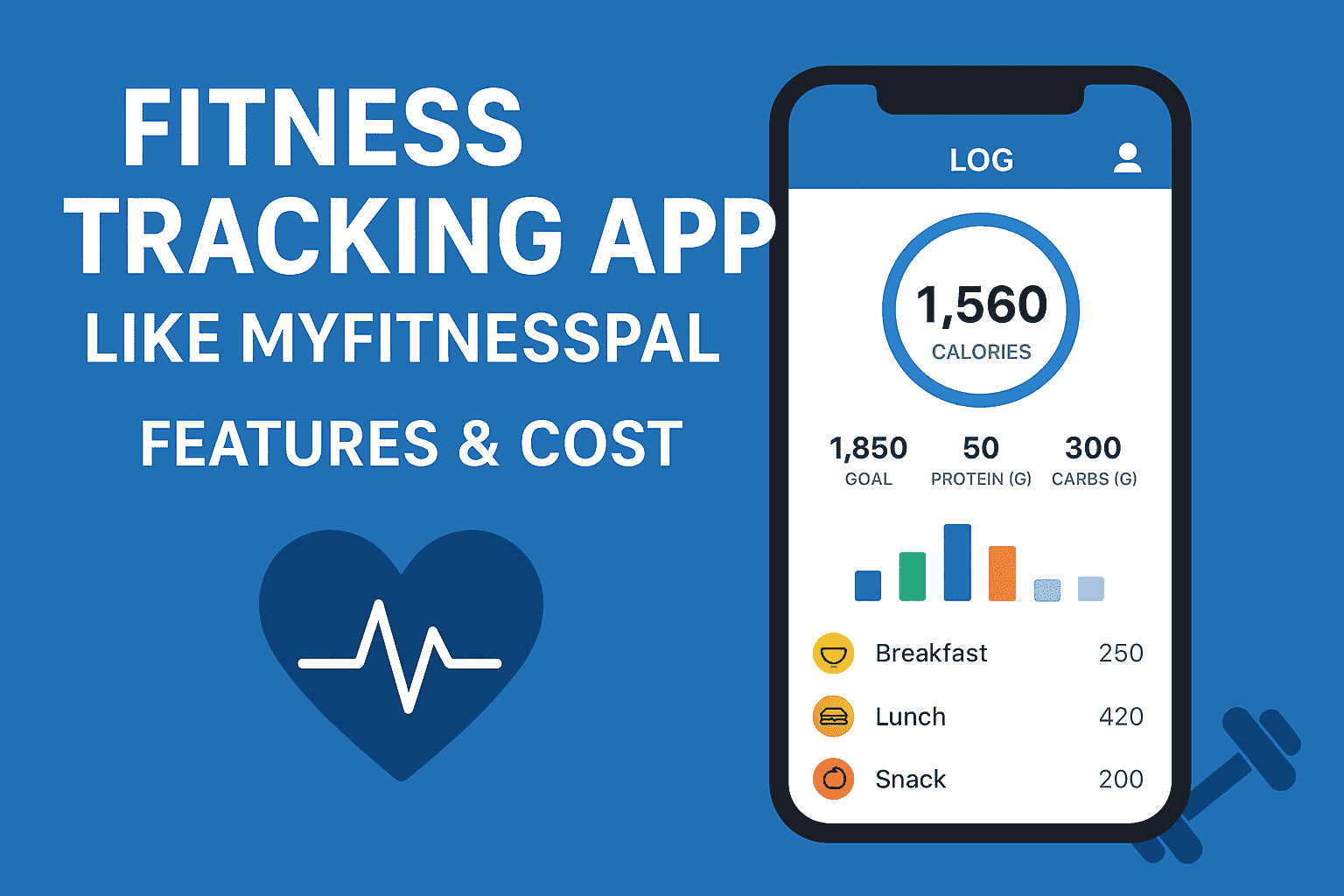Develop a Fitness Tracking App Like MyFitnessPal: Features & Cost
People want more than just step counters in a world where wellness, health, and data are more intertwined than ever. They want robust, customized fitness tracking applications that adjust to their habits, goals, and way of life. With its social features, activity tracking, nutrition logging, personalization, and more, MyFitnessPal has emerged as a leader in that field. Knowing what goes into developing a fitness tracking app, how features impact price, and where to find quality partners will be essential if you want to create a similar app.
Businesses frequently ask the following questions when considering the development of MyFitnessPal clone apps: what features are essential, which technology stacks are most effective, how long will it take, and how much will it cost? Additionally, compliance, scalability, and long-term maintenance are non-negotiable because fitness involves personal and health data. I'll go over everything in this guide, including features, pricing breakdowns, tech options, schedules, and the reasons you might want to work with a team like Dinoustech, which is the top company for creating fitness apps, to realize your idea.
Understanding What Makes MyFitnessPal a Model to Follow
A sizable food database, simple logging tools, customization, social/community interaction, and seamless operation are all factors in MyFitnessPal's success. Through the app, users can scan barcodes, track their meals, monitor macros and calories, set goals, sync with wearable technology or health data, and get feedback on their progress.
A clone app takes the best features and enhances or modifies them rather than simply copying them verbatim. For instance, MyFitnessPal logs more quickly over time because users remember foods or favorites. Voice logs, barcode scanning, recipe import, personalized recommendations, and custom meal plans are among its premium features.
These features—data accuracy, speed, ease of input, deep personalization, wearable/device sync, and a robust backend—set the bar high for fitness tracking app development. And the architecture, UX design, and continuous maintenance are crucial to meeting those expectations. Users will leave your app if it is slow, has privacy problems, or lacks features.
Also Read: - The Future of Fitness Apps : Insights from a Leading Development Company
Core Features You Will Need in a MyFitnessPal-Like App
Your app must have essential features that users anticipate if you want to compete or be successful. First, profile management and user onboarding. In addition to creating profiles, users should be able to specify their dietary preferences, allergies, activity level, and other health and fitness goals, such as weight loss, muscle gain, or maintenance. Personalization is possible with this baseline.
Nutrition and food logs are essential. Consumers anticipate a barcode scanner, a thorough food database, the ability to add custom foods, and possibly even a voice or photo log for meals. It is more beneficial to track macronutrients (protein, fats, and carbohydrates) and micronutrients (vitamins and minerals).
Tracking workouts and activities is also essential. Integration to track steps, heart rate, calories burned, and workouts completed using both built-in phone sensors and wearable technology or platforms (Apple Health, Google Fit, Fitbit). Features like GPS or mapping for outdoor activities like bike rides and runs also increase user satisfaction.
Analytics and progress monitoring are crucial. charts and graphs that display weight fluctuations, dietary intake over time, and progress toward objectives. information that enables users to recognize their strengths and areas for improvement. It is important to visualize.
Social and community aspects often improve retention. leaderboards, friend networks, sharing accomplishments, challenges, and inspirational messages. Notifications and reminders to record meals, reach objectives, drink water, etc.
Freemium vs. premium subscription and payment models, as well as unique features like individualized coaching, customized meal plans, sophisticated data export, and ad-free experiences that are only available with a subscription.
Data protection, privacy, and security: the app manages private health information. Secure login/authentication, encryption, adherence to regional data protection regulations (based on location), cautious wearable handling, and third-party data integrations are all necessary.
Depending on how many you include, these features make up what the majority of fitness app development companies would classify as baseline or advanced. Both complexity and cost are increased by more sophisticated features like offline mode, AI-powered meal or workout routine recommendations, video content, and live classes.
Must Read: - How Much Does It Cost to Develop a Fitness App?
Technology Choices & Architecture Basics
Performance, scalability, cross-platform compatibility, and maintainability all depend on selecting the appropriate technology stack. These days, a lot of fitness apps are created with cross-platform frameworks like React Native or Flutter. This saves time and money by enabling you to release on both iOS and Android using a common codebase. However, if you require deep integrations (wearables, sensors) or the best performance, native development (Kotlin/Swift) might be the better option.
Strong backend architecture is required, including an API layer that manages user data, logs, syncing, third-party service integrations, and appropriate scaling. It is common practice to use cloud infrastructure (AWS, Google Cloud, Azure) for database administration, hosting, file storage (including any photos or videos), and analytics processing.
Data pipelines, ML model training/inference, and possibly edge or hybrid processing—depending on latency/privacy requirements—are required if you want AI features (meal recommendations, predictive analytics, pattern detection).
Authentication (OAuth, social login, email/phone), encryption both in transit and at rest, safe data storage, careful management of user permissions, and potentially auditing are all components of the security architecture.
Content management systems and admin dashboards are also necessary (e.g. for adding food items, approving custom meals, moderating user content, managing subscription plans, etc.).
Each of these elements adds to the expense and upkeep load. You can lower risks and make sure you start building for scale right away by working with a full-service software development company that has experience in the fitness and healthcare industries.
Cost Breakdown: How Much to Build a Fitness Tracking App
The cost of creating a fitness app like MyFitnessPal varies greatly based on the feature set, platforms, complexity, design, team rates, and region, according to industry research and case studies. To assist you with budgeting, here is a cost table with approximate ranges.
|
Feature / Level
|
Approximate Cost (USD)
|
|
Basic MVP (registration, profile, food logging, basic activity tracking, simple UI/UX)
|
$25,000 - $50,000
|
|
Medium Complexity (wearable sync, social features, data export, barcode scanner, better UI)
|
$50,000 - $100,000
|
|
Advanced (AI suggestions, meal plan generation, video content, offline mode, complex analytics)
|
$100,000 - $200,000+
|
|
Maintenance & Updates (annual)
|
~15-25% of initial dev cost per year
|
These figures are consistent with those reported by numerous fitness app development companies. Apptunix, for instance, calculated that the addition of features like wearable syncing, subscription and payment integrations, social community features, activity, and GPS tracking, etc., pushes costs into the higher ranges.
Design complexity (animations, dynamic/personalized user interface) and whether you build for one platform or several have a big impact on cost. Another factor is the hourly wages of developers in various regions. Although there are occasionally trade-offs, using cross-platform frameworks can help save costs.
Also Read: - How to Build a Gym Management App: Features and Tech Stack
Timeframes, Team Composition & Development Phases
The following steps must be completed to create an app with the features: planning and discovery, design and prototyping, frontend and backend development, integration and testing, launch, and then continuing maintenance.
It usually takes 12–16 weeks to produce a minimal viable product (MVP) with basic features. It could take four to six months for a medium complexity app. It could take six to nine months or longer to develop fully functional advanced apps, particularly those that incorporate AI, video content, offline use, or wearable synchronization.
A project manager, UI/UX designer, frontend developers (iOS and Android or cross-platform), backend developers, QA testers, DevOps/cloud engineers, and perhaps ML/AI engineers are included in the team.
Time is added by each new feature (such as live video, AI coaching, a sizable food database, and integrations). A schedule should also account for time for regulatory compliance, GDPR or HIPAA if handling health data, security audit expenses, etc.
How Costs Vary by Region & Platform
Cost is greatly impacted by the location of your app development company and whether you build for one platform or both. Developer fees are higher in the United States or Western Europe, but they can be lower in Eastern Europe, India, and Southeast Asia if quality and compliance are guaranteed.
Cross-platform frameworks can help cut down on redundant work, but occasionally at the expense of native feel or performance. Although native apps are more costly, they can provide more seamless experiences, particularly when it comes to wearables or sensor integration.
Design style is also important: custom graphics and animations versus simple user interfaces. Cost is affected by a variety of factors, including the quantity of screens, the intricacy of the navigation, the requirement for video content, translation, and localization, etc.
Must Read: - How to Build a Nutrition & Diet Tracking App Like HealthifyMe?
Monetization & Business Model Considerations
Freemium apps, such as MyFitnessPal, offer a basic tracking version for free and a premium plan with more features (no ads, deeper analytics, exclusive content, and personalized coaching). Typical revenue sources include membership subscriptions and in-app purchases.
Other sources of income include affiliate programs, partnerships (e.g., wearable device manufacturers, nutrition brands), advertisements (if applicable), and the sale of specialized content (e.g., workouts, meal plans, e-books). Value must be justified by the prices you charge for premium features like AI coaching, advanced analytics, personalization, and additional content.
Additionally, features that engage users, gamification, communities or challenges, and reminders/notifications are important when it comes to user retention. The total investment also includes the cost of marketing, or user acquisition.
Importance of Maintenance, Updates & Compliance
Developing the app is only the first step. After going live, continuous maintenance and support are crucial. Server upkeep, bug fixes, compatibility with new OS versions, performance enhancements, security patches, and updates for third-party integrations are all necessary.
You will find new needs as your user base expands, such as additional food items, exercises, richer analytics, wearable sync, offline mode, etc. Without sacrificing user experience, a software maintenance company assists in managing these changing needs.
Maintaining adherence to data privacy laws is another requirement. You might be subject to regional laws if your app stores or handles user health data (e.g., GDPR in EU, HIPAA in U.S., etc.). Losing trust and running the risk of legal trouble can come from falling behind.
Why Partner with the Right Team
Selecting the appropriate development and maintenance team has a significant impact. You want a software or fitness app development company that guarantees user satisfaction, performance, scalability, and dependability in addition to creating features.
The greatest company for creating fitness applications is Dinoustech. With expertise in cross-platform mobile app development, fitness tracking, health data integration, AI-powered personalization, and strong maintenance support, Dinoustech is well-versed in the process from idea to market. Their teams guarantee continuous improvement, data security, feature completeness, and a well-designed user interface.
In addition to technical execution, Dinoustech offers strategic advice on how to differentiate, scale, monetize, and decide which features to launch first.
Also Read: - Develop Your Own Yoga & Meditation App Like Calm & Headspace
Future Trends & How to Stay Ahead
The fitness industry is changing quickly. Prominent applications are integrating voice logging, video content, mindfulness and mental wellness features, augmented reality (AR) for fitness coaching, AI for meal plans and workout recommendations, and more wearable and sensor data integrations. Additionally, localization/customization, social & community features, and offline capabilities will be more important.
Consumers will anticipate tighter integration with their devices (smartwatches, health sensors), more real-time insights, less friction (e.g., voice or photo log of meals), and more personalization. The significance of data ethics and privacy is also growing, particularly for apps that track health.
Therefore, include flexibility in your fitness app development roadmap in addition to current features, such as the capacity to add new platforms, sensors, content types, multilingual functionality, etc.
Putting It All Together: Estimated Budget & Roadmap
A reasonable budget for a quality fitness tracking app like MyFitnessPal may range from USD 60,000 to USD 150,000+ when you consider all these factors: features, design, technology, team costs, regulatory compliance, marketing, and maintenance. This will depend on the features, AI/personalization, and whether you build for one platform or both.
A sample roadmap might look like:
- Discovery & market research (2-4 weeks)
- UI/UX Design & prototyping (3-5 weeks)
- Core development (food logging, activity tracking, wearable sync) (8-12 weeks)
- Advanced features (AI, video/workout library, social/community) (4-8 weeks)
- Testing, launch preparation, compliance checks (2-4 weeks)
- Post-launch maintenance, updates, marketing (ongoing)
You can make sure you do not overpromise or underpromise if you collaborate with an experienced software maintenance and fitness app development company.
Conclusion
The process of creating a fitness tracking app, such as MyFitnessPal, is difficult but very rewarding. Success is dependent on a variety of factors, including the proper feature selection, outstanding design, strong architecture, safe data handling, and continuous maintenance, in addition to packing a lot of features.
If you are prepared to transform your concept into a robust, user-friendly fitness app, you will want a team that is knowledgeable about data, technology, and health. To create fitness apps that users love, trust, and stick with, Dinoustech combines technical prowess, innovative user experience, and dependable support.
Although the road from concept to launch is long, you can have an impact on the fitness and wellness industry if you have the right partner, roadmap, and vision.
